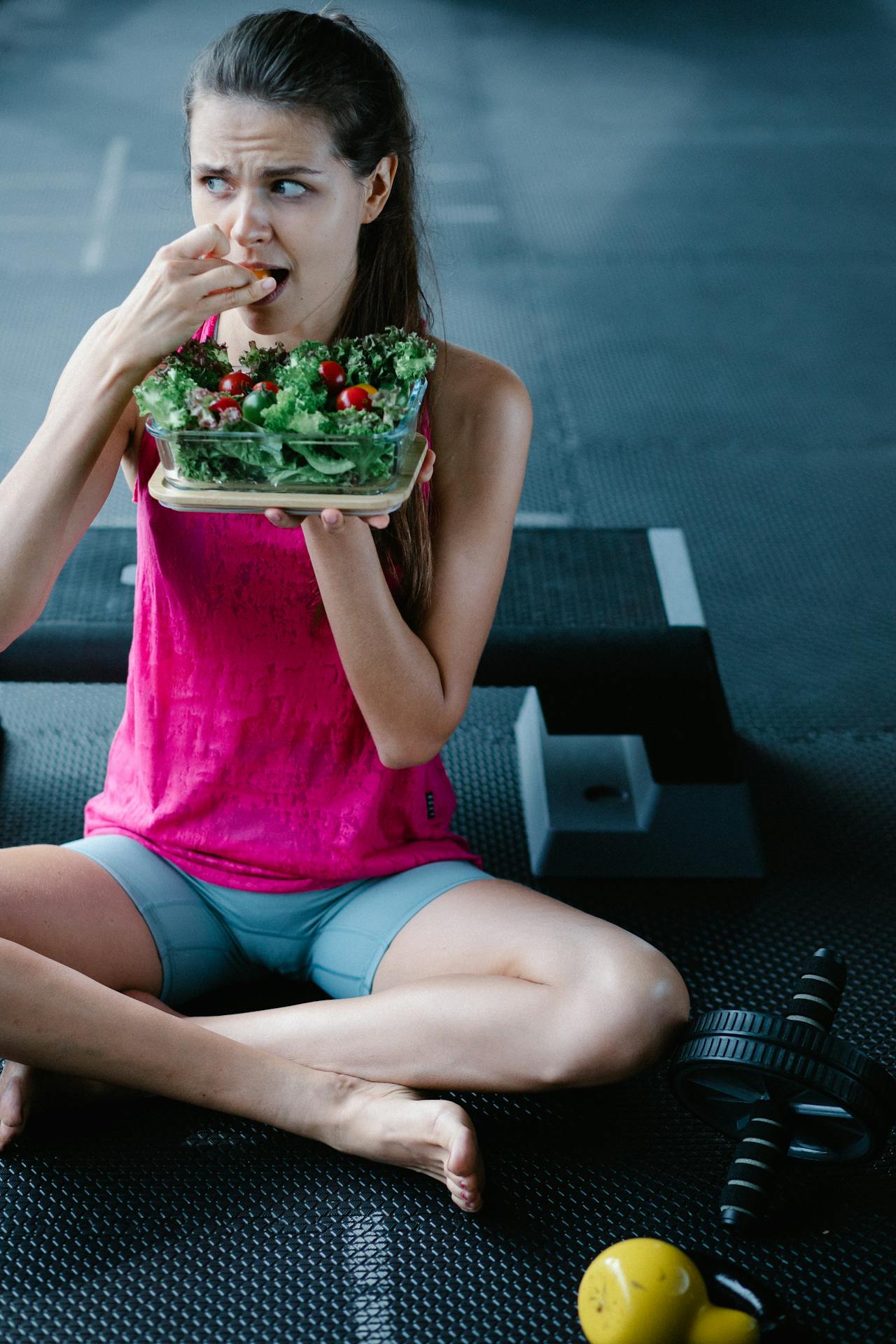
Resistance training (RT) and nutrition are crucial in promoting skeletal muscle hypertrophy and strength adaptations. So this article synthesises current scientific literature to elucidate the physiological mechanisms underpinning muscle growth, the variables influencing RT outcomes. And also the nutritional strategies that optimise these adaptations. Emphasis is placed on evidence-based practices to inform both practitioners and trainees aiming for maximal results.
1. Introduction
Skeletal muscle hypertrophy is a complex adaptive response to mechanical overload, modulated by various training and nutritional factors. However, understanding the interplay between resistance training variables and nutrition intake is essential for designing effective programs that maximise muscle growth and performance.
2. Mechanisms of Muscle Hypertrophy
2.1 Mechanical Tension
Mechanical tension, generated through force production during RT, is a primary driver of muscle hypertrophy. It activates mechanosensitive pathways, leading to increased muscle protein synthesis (MPS) .
2.2 Muscle Damage
Eccentric contractions during RT can cause microtrauma to muscle fibers, initiating an inflammatory response that contributes to muscle remodeling and growth .
2.3 Metabolic Stress
Accumulation of metabolites such as lactate during high-repetition, low-rest training sessions induces metabolic stress, promoting hypertrophy through cellular swelling and hormonal responses .
3. Resistance Training Variables Influencing Hypertrophy
3.1 Volume
Training volume, defined as sets × repetitions × load, is positively correlated with hypertrophic gains. Moreover, meta-analyses suggest that performing 10 or more sets per muscle group per week yields significant hypertrophy .
3.2 Intensity
Moderate to high intensities (60–80% of one-repetition maximum [1RM]) are effective for hypertrophy. Training to volitional failure with both low and high loads can produce similar hypertrophic outcomes .
3.3 Frequency
Training each muscle group 2–3 times per week enhances hypertrophic responses compared to once-weekly sessions, likely due to more frequent stimulation of MPS .
3.4 Rest Intervals
Short rest intervals (30–60 seconds) between sets may increase metabolic stress, while longer intervals (2–3 minutes) allow for greater recovery and performance in subsequent sets. Both approaches can be effective, depending on the training goal .
4. Nutritional Strategies for Muscle Hypertrophy
4.1 Protein Intake
Adequate protein consumption is critical for MPS. Research indicates that intakes of 1.6–2.2 g/kg/day are optimal for muscle growth in resistance-trained individuals .
4.2 Protein Timing
While total daily protein intake is paramount, distributing protein evenly across meals (approximately every 3–4 hours) may further enhance MPS .
4.3 Carbohydrate Intake
Carbohydrates replenish glycogen stores and may attenuate muscle protein breakdown. So, consuming carbohydrates around training sessions supports performance and recovery.
4.4 Nutrient Timing
The concept of an “anabolic window” suggests a limited time post-exercise when nutrient intake maximally stimulates MPS. However, recent evidence indicates that the window may be broader. And also consistent nutrient intake throughout the day is more critical .
5. Practical Applications
- Program Design: For beginning, incorporate 10–20 sets per muscle group per week. Use a variety of intensities and rest intervals to target different hypertrophic mechanisms.
- Nutrition Planning: Next, ensure daily protein intake meets or exceeds 1.6 g/kg, distributed evenly across meals. Include carbohydrates to support training demands.
- Recovery: Finally, allow 48–72 hours of recovery between training sessions for the same muscle group to facilitate adaptation.
Conclusion
In conclusion, maximising muscle hypertrophy requires an integrated approach that combines evidence-based resistance training and nutrition. By understanding and applying the scientific principles outlined, individuals can optimise their training outcomes. And also achieve their performance goals.
Hope you guys enjoyed it. It took me some time to get all this research done and exercise is constantly evolving so always make sure to stay up to date on all things health and fitness.
Premier Performance



